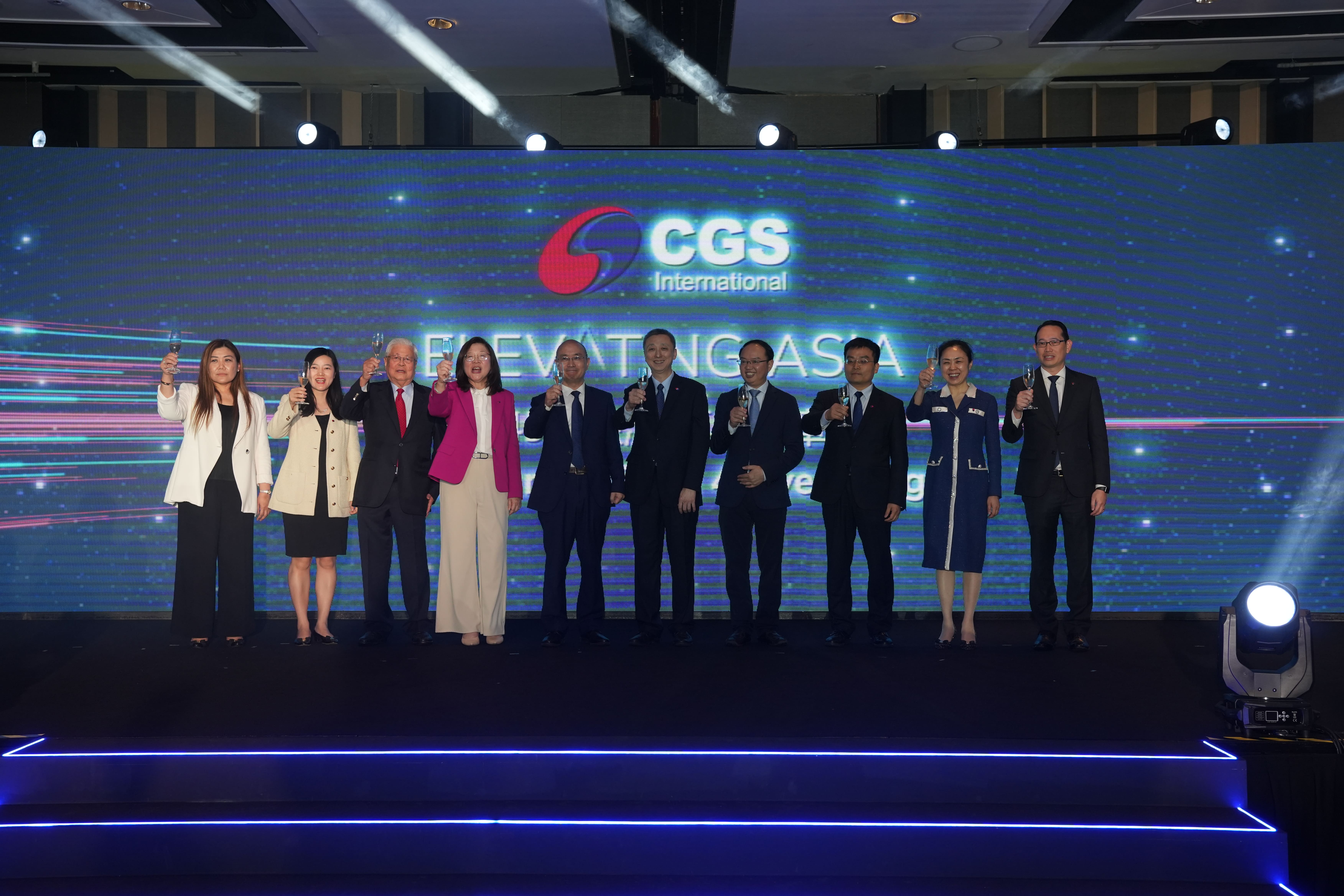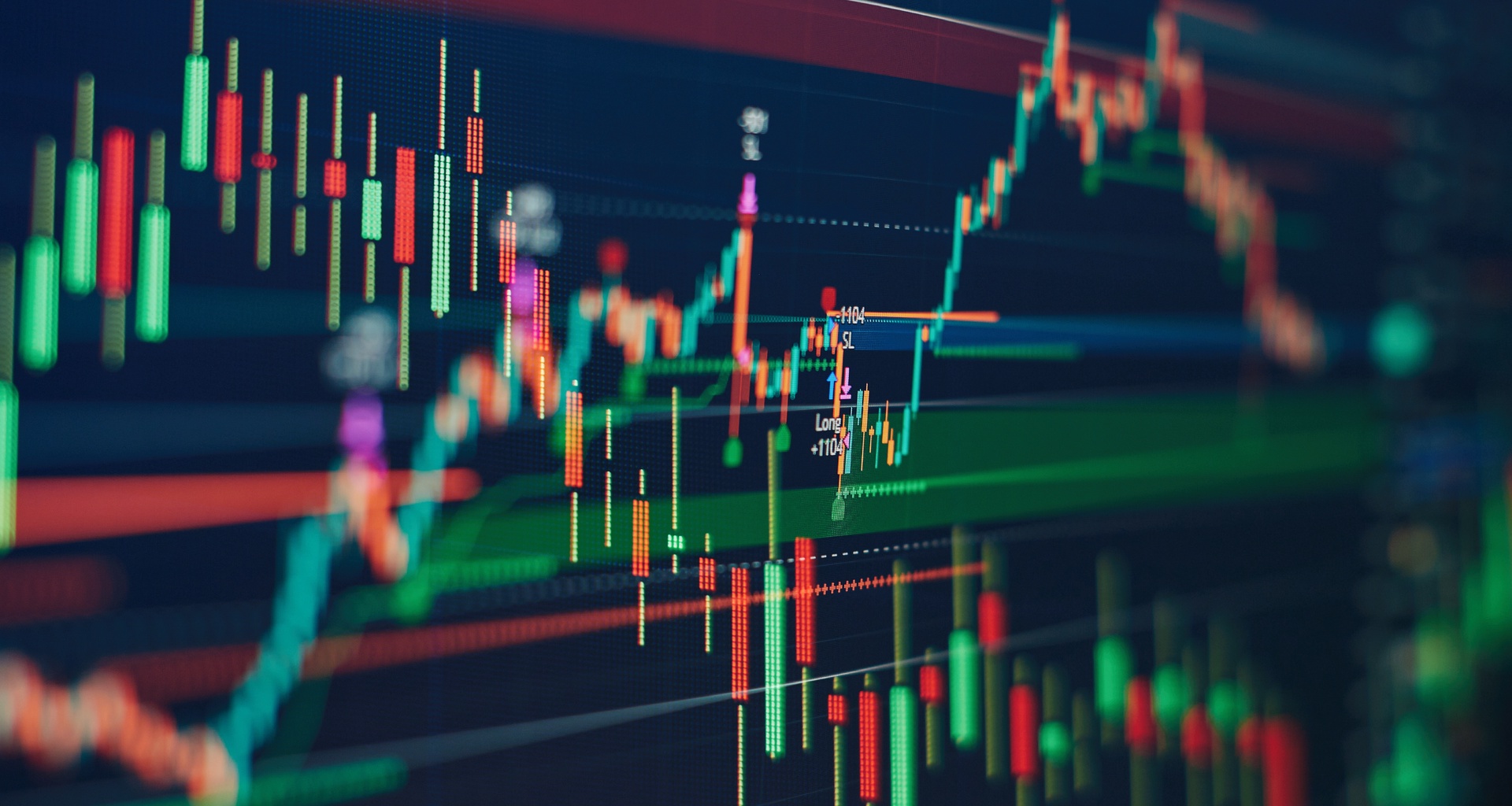
We believe that differing monetary policy regimes and index constituents will dictate a separation between the Hang Seng and the CSI 300 moving into year-end. Not only are Hong Kong Inter-bank Offered Rate (HIBOR) and the Shanghai Interbank Offered Rate (SHIBOR) diverging, but real interest rates are moving north in HK, south in China. The two monetary paths are separating and so will the two indices.
Firstly, HK, like the US, is dealing with an upward shift in the yield curve. Meanwhile, China has finally crushed SHIBOR to the floor while keeping the yield curve respectable. Moreover, the People's Bank of China (PBOC) retains a lot of independence in keeping rates loose as it deleverages. Although it has used medium-term lending facility (MLFs) to ease financial conditions when these have matured recently this has coincided with the required rate of return (RRR) being cut.
Secondly, HK real interest rates are not only diverging from the US but also versus China. The Hang Seng index is much more 'financial asset heavy' with a high weighting of banks and property than its CSI counterpart. Thirdly, the CSI 300 cash flow is surging and this means that the overall CSI 300 index continues to get more competitively priced versus Chinese government bond yields.
We have always felt that the PBOC would ease between 200-250bp over 2018 in order to backstop the banking system. Given that the PBOC has been issuing MLFs to provide longer duration financing for the banks rather than the seven-day repo rates as these MLFs mature they would naturally tighten policy. Hence the RRR is used to counter-act this natural tightening. The current RRR for major banks stands at 14.5%. In turn, this would put pressure on the Chinese renminbi to weaken. Given that the PBOC is easing faster and more aggressively each time while rates remain unchanged, this should force the renminbi to slide through seven to the dollar.
Last week's shifts in the US yield curve will force HK monetary policy to tighten further. After a brief respite, the Hong Kong dollar is returning to the weak side of the band. The fact that the US 30-year treasury broke out from its range suggests that HK equity investors need to be less complacent over the direction of HK rates. The Fed is expected to raise rates in December, plus three more hikes in 2019 are on the cards. This ultimately will force HIBOR over LIBOR. Unfortunately, this will leave HK real rates high relative to China. Moreover, we would expect any China currency weakness to put a further risk premium on the Hong Kong dollar peg.
The bottom line is that the HK and China equity markets appear likely to separate in local currency terms. China has further to loosen policy while HK will likely continue to follow the Fed's tightening path.









